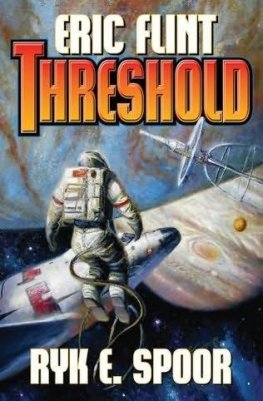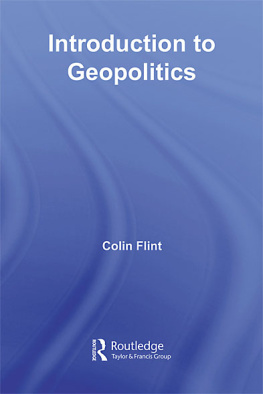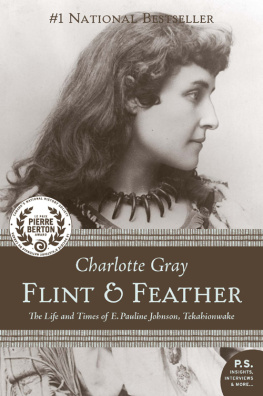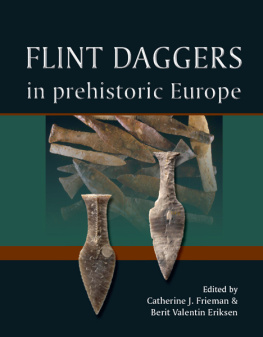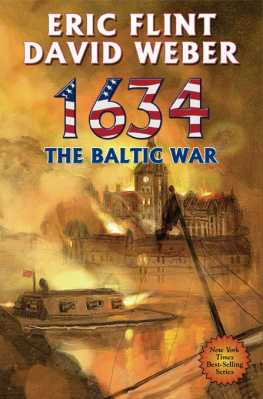


Published by The History Press.
Charleston, SC
www.historypress.com
Copyright 2021 by Gary Flinn
All rights reserved
First published 2021
e-book edition 2020
ISBN 978.1.43967.253.2
Library of Congress Control Number: 2021931015
print edition ISBN 978.1.46714.492.6
Notice: The information in this book is true and complete to the best of our knowledge. It is offered without guarantee on the part of the author or The History Press. The author and The History Press disclaim all liability in connection with the use of this book.
All rights reserved. No part of this book may be reproduced or transmitted in any form whatsoever without prior written permission from the publisher except in the case of brief quotations embodied in critical articles and reviews.
In memory of the hundreds of Genesee County residents who have died of COVID-19.
CONTENTS
Preface
THINGS NOT HERE ANYMORE
When I was asked by my The History Press editor, John Rodrigue, to write my third book, titled Lost Flint, I recalled a pair of television specials produced in 1995 and 1997 by WKAR-TV, the PBS station serving the Lansing area, owned and operated by Michigan State University. The program was titled Things Not Here Anymore, and it was about places and things that no longer exist in the Lansing area. To assist in formatting the Lost Flint book, Rodrigue sent me a title called Lost Gary, Indiana by Jerry Davich. While there were parallels between what happened to Flint and what happened to the United States Steel company town of Gary, the two industrial cities are like comparing apples to oranges. Gary was indeed a company town developed by United States Steel around its steel mill and was incorporated in 1909, making it a much newer town compared to Flint, which was incorporated as a city in 1855. Flint was an ideal overland stopping point for travelers between Detroit and Saginaw and during the latter part of the nineteenth century was a major lumbering town with a few lumber mills. Lumbering led to the development of the carriage industry, which gave Flint the nickname of the Vehicle City. The carriage industry evolved into the automotive industry, which gave Flint its rapid growth in the first half of the twentieth century.
In making comparisons between Flint, Lansing and Gary, three downtown landmarks expressed what happened to these places. These are all classic downtown movie palaces from the 1920s, designed by world-renowned theater architect John Eberson. They are the Michigan Theatre in Lansing, the Palace Theatre in Gary and the Capitol Theatre in Flint. All three were closed as first-run movie theaters by 1980the Palace in Gary in 1972, the Capitol in Flint in 1976 and the Michigan in Lansing in 1980. Sadly, the Palace in Gary deteriorated over time and now is so badly damaged by vandalism, disrepair and neglect that I fear it is beyond saving. On the other hand, the front faade of the Michigan Theatre building, arcade and lobby were restored in the 1980s, and it is now the Atrium Building. Sadly, most of the theater itself was torn down in 1983. After the Capitol Theatre in Flint closed, it was sold to the Farah family in 1977, and while there were attempts over the years to revive the theater, it was put in mothballs because the heating system broke down beyond repair in 1996. While the storefront and office areas of the theater building were still in use, the theater was kept in repair until it was sold to a nonprofit developer in 2015. It was beautifully restored to its 1928 appearance and reopened in 2017.
While the first part of the book is about the places Flint lost while it was a growing city, the much thicker second part of the book is about the places Flint lost during its decline from the 1970s to the Flint Water Crisis that began in 2014. The last part of this book, titled Hope for the Future, is about the positive things that happened in the city of Flint in recent years.
While my first two books, Remembering Flint, Michigan and Hidden History of Flint, were mostly adapted from previously published articles, this book is my first book written from the ground up. About halfway into writing the text, the COVID-19 pandemic hit. While the Flint Public Library had closed at the end of February to prepare for renovations, the temporary relocation to the Courtland Center mall in Burton was delayed into the summer as a result of the pandemic. The closing of other area libraries forced this writer to rely on sources from the internet, as well as reader suggestions posted on my books Facebook page. While this was going on, I was asked to review a new book by Kyle Brooky, titled Abandoned Flint, which visually describes various abandoned places in and around Flint. This also gave me ideas regarding what to include in this book. In August 2020, when the Flint Public Library reopened its reference section at the temporary Courtland Center location, all of the books had to wait up to a week for sanitizing before being returned to shelves. That limited what I could use for research material. Lesser-used volumes were put into storage outside the library and were thus inaccessible even to library staff.
Along with the people in the acknowledgments that follow, I want to also thank Ivonne, who met me because of my first book and helped me with both my second book and this book.
Gary Flinn
February 2021
ACKNOWLEDGEMENTS
Thanks to the YMCA of Greater Flint.
Thanks to readers of the Flint Expatriates website (http://www.flintexpats.com) for their memories of Paramount Potato Chips.
Thanks to the families of DuPont Flint plant workers who contributed their memories to the You Know Youre from Flint Facebook page.
Thanks to Mike Brandt and Anthony Morey for their recollections of the church when it was First Church of the Nazarene.
Thanks to the various contributors who nominated churches in the Facebook page for my books.
Thanks to Congregation Beth Israel and Temple Beth El.
Thanks to followers of my books Facebook page, as well as followers of the Kearsley High School and Holy Rosary Memories Album Facebook page for their recollections, which supplemented my own memories of Thompsons Shopping Center.
Thanks to Bryant Nolden for sharing future plans regarding Berston Field House.
Thanks to Joel Rash and others who shared their recollections about Windmill Place.
Thanks to David White, the Carriage Town Historic Neighborhood Association and input from various Flint History pages on Facebook.
Thanks to Felicia Naimark for her input regarding the lost schools.
Along with the staff of the Flint Public Library, I would especially like to thank Flint expatriate and California resident Wendy All for her input.
Part I
FLINTS GROWTH
HOW FLINT DEVELOPED
The location of Flint was originally a break on the Saginaw Trail from Detroit to Saginaw that was created by the Flint River. That location was called the Grand Traverse. The Chippewa Nation settled along the river. It was there, around 1811, that a fur trader from Quebec, Jacob Smith, whose family lived in Detroit, established a trading post and became friends with Chief Neome. When the Saginaw Treaty of 1819 was signed, part of the treaty granted Smiths family and friends eleven tracts of land along the Flint River under their Chippewa names. Smith himself was adopted by the Chippewa and given the name
Next page



